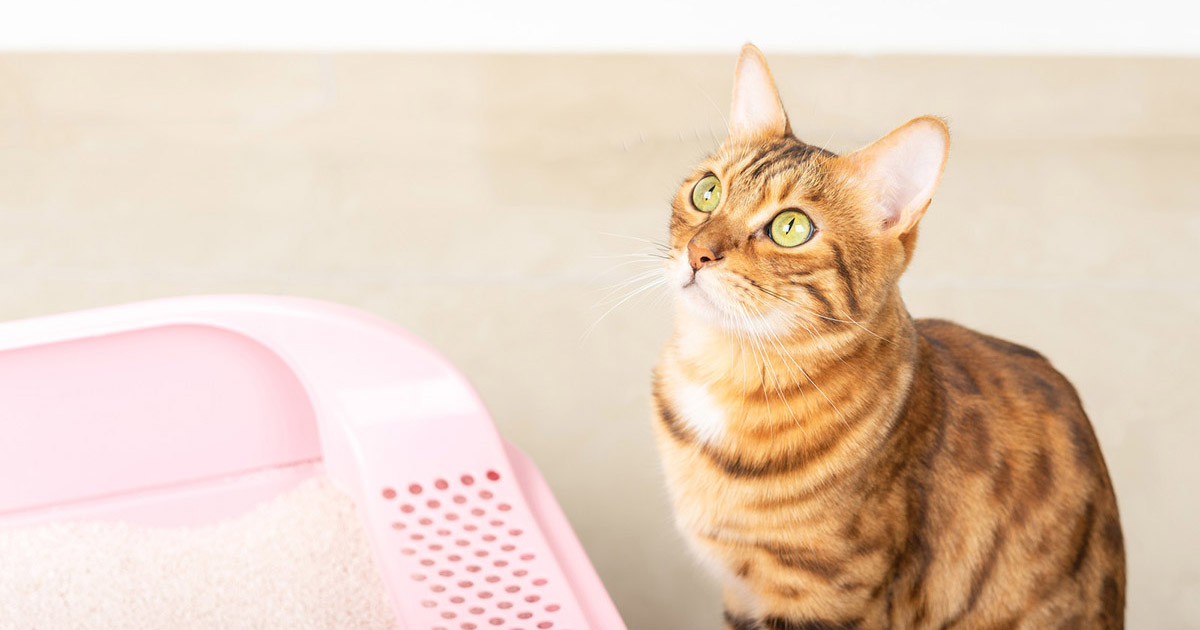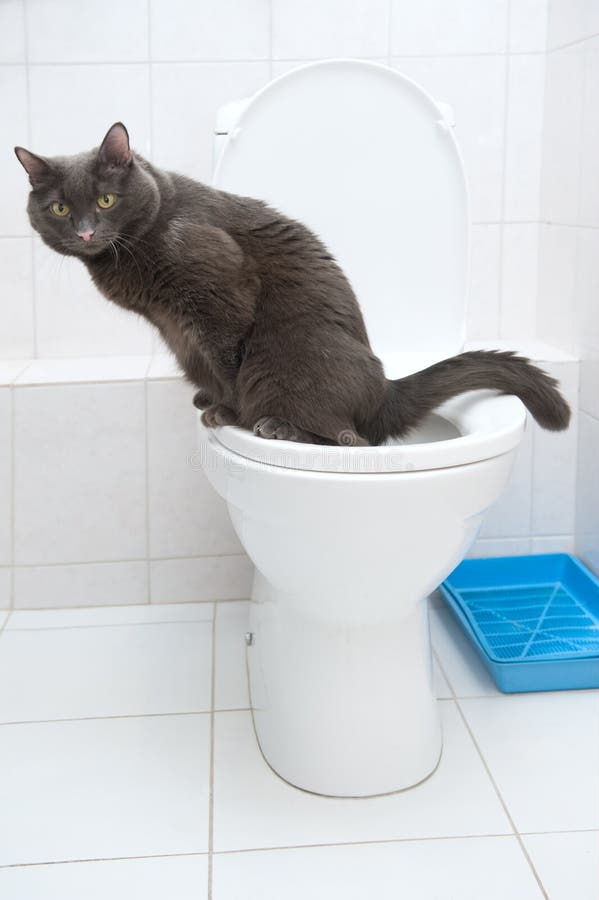Important Reasons Why Animal Waste Needs to Never Be Flushed Down the Toilet
Important Reasons Why Animal Waste Needs to Never Be Flushed Down the Toilet
Blog Article
What're your opinions concerning Don't Flush Your Pets Poo Down The Loo, Vet Warns?

When it involves disposing of waste, especially animal waste, lots of people usually resort to the convenient choice of flushing it down the bathroom. Nonetheless, this relatively easy service can have significant effects for the setting and public health. In this write-up, we'll check out why flushing pet waste down the commode is a poor idea and provide different methods for proper disposal.
Intro
Proper garbage disposal is critical for maintaining ecological sustainability and public health. While it may seem safe to flush animal waste down the toilet, it can lead to various concerns, both for the environment and human wellness.
Risks of flushing pet waste
Ecological influence
Flushing animal waste presents hazardous microorganisms and virus right into waterways, which can adversely impact marine environments. These pathogens can contaminate water resources and damage aquatic life, interrupting fragile environments.
Public health worries
Pet waste contains unsafe bacteria such as E. coli and Salmonella, which can pose severe wellness risks to human beings. Flushing animal waste down the toilet can contaminate water supplies, resulting in the spread of illness and infections.
Alternatives to flushing
As opposed to purging animal waste down the bathroom, there are numerous alternate disposal techniques that are extra environmentally friendly and sanitary.
Composting
Composting animal waste is a green means to throw away it. By composting, organic matter is broken down right into nutrient-rich dirt, which can be utilized to feed yards and plants.
Landfill disposal
Disposing of pet waste in a landfill is one more option. While not as eco-friendly as composting, it is a safer choice to flushing, as it avoids the contamination of water resources.
Animal waste disposal systems
There are specific family pet garbage disposal systems available that securely and hygienically deal with pet waste. These systems commonly make use of enzymes to break down waste and eliminate odors.
Actions to appropriate animal garbage disposal
To make sure correct disposal of animal waste, comply with these steps:
Scooping and bagging waste
Consistently scoop and bag animal waste utilizing eco-friendly bags. This prevents waste from contaminating the environment.
Using assigned waste bins
Dispose of bagged pet waste in designated waste containers, such as garden compost bins or garbage dump containers. Prevent flushing it down the bathroom whatsoever prices.
Cleaning can and family pet areas frequently
Regularly clean litter boxes and pet dog areas to avoid the accumulation of waste and germs. Use pet-safe cleaning products to maintain health.
Benefits of proper disposal approaches
Embracing appropriate disposal techniques for pet waste uses several benefits:
Decreased environmental pollution
Proper disposal methods reduce the risk of environmental pollution, securing rivers and environments from contamination
Lessened danger of water contamination.
By avoiding flushing pet waste down the toilet, the threat of water contamination is considerably minimized, safeguarding public health.
Enhanced hygiene and health
Appropriate disposal approaches advertise better sanitation and hygiene, producing a safer environment for both humans and animals.
Verdict
To conclude, purging pet waste down the toilet is unsafe to the atmosphere and public health. By embracing alternative disposal approaches and adhering to proper waste administration practices, we can reduce the unfavorable impact of pet waste and contribute to a cleaner, healthier world.
What To Do With Dog click here Poo – The Do's And Don'ts Of Disposing Of Faeces
Dog poo bins
Some councils provide dedicated dog waste bins in popular dog-walking areas that can take dog poo that has been bagged but you can legally dispose of dog waste in any public litter bin, as long as it is securely bagged. This also applies to your wheelie bin at home.
Do not flush
Water companies do not recommend flushing dog faeces down the toilet because certain parasites can survive the water processing treatment and are potentially harmful to humans. You should also never consider flushing dog poo that has been bagged down the toilet as the bags will not break down and instead create severe blockages in the sewage system.
In the woods
The Forestry Commission promotes a ‘stick and flick’ method for dealing with waste in the woods. This means finding a stick and using it to flick any poo from off the path so that it is out of the way of other walkers. You could also bury it as long as it is not in an area where there might be livestock.
Livestock
Parasites found in dog poo can be transmitted to livestock if they inadvertently eat infected faeces that has been left on grazing land. This could result in the death of sheep or abortion in cattle so you should always make sure you pick up your dog’s waste in fields where livestock could be present.

Regularly clean litter boxes and pet dog areas to avoid the accumulation of waste and germs. Use pet-safe cleaning products to maintain health.
Benefits of proper disposal approaches
Embracing appropriate disposal techniques for pet waste uses several benefits:
Decreased environmental pollution
Proper disposal methods reduce the risk of environmental pollution, securing rivers and environments from contamination
Lessened danger of water contamination.
By avoiding flushing pet waste down the toilet, the threat of water contamination is considerably minimized, safeguarding public health.
Enhanced hygiene and health
Appropriate disposal approaches advertise better sanitation and hygiene, producing a safer environment for both humans and animals.
Verdict
To conclude, purging pet waste down the toilet is unsafe to the atmosphere and public health. By embracing alternative disposal approaches and adhering to proper waste administration practices, we can reduce the unfavorable impact of pet waste and contribute to a cleaner, healthier world.
What To Do With Dog click here Poo – The Do's And Don'ts Of Disposing Of Faeces
Dog poo bins
Some councils provide dedicated dog waste bins in popular dog-walking areas that can take dog poo that has been bagged but you can legally dispose of dog waste in any public litter bin, as long as it is securely bagged. This also applies to your wheelie bin at home.
Do not flush
Water companies do not recommend flushing dog faeces down the toilet because certain parasites can survive the water processing treatment and are potentially harmful to humans. You should also never consider flushing dog poo that has been bagged down the toilet as the bags will not break down and instead create severe blockages in the sewage system.
In the woods
The Forestry Commission promotes a ‘stick and flick’ method for dealing with waste in the woods. This means finding a stick and using it to flick any poo from off the path so that it is out of the way of other walkers. You could also bury it as long as it is not in an area where there might be livestock.
Livestock
Parasites found in dog poo can be transmitted to livestock if they inadvertently eat infected faeces that has been left on grazing land. This could result in the death of sheep or abortion in cattle so you should always make sure you pick up your dog’s waste in fields where livestock could be present.

I hope you liked our topic on 4 Reasons Why Dog Poop Cleanup is Important. Thank you for taking a few minutes to browse our blog. For those who enjoyed reading our article plz make sure you remember to pass it around. I thank you for your readership.
Book Report this page